Opel’s automobiles were the first mass-produced cars in Germany, which helped the company to become the leading car manufacturer in all of Europe. The iconic models including Laubfrosch, Kadett, Rekord and Kapitän surpassed even Ford and VW, making Opel the fourth oldest car manufacturer in existence.
The association between Germans and affordable mass-produced cars did not originate with Ford or VW. Rather, it was Opel, a sewing machine and bicycle manufacturer established in 1862 in Rüsselsheim, that recognized the future potential of automobiles 125 years ago and swiftly became the biggest European manufacturer. The concept of affordable mobility was the inspiration behind founder Adam Opel’s decision to establish large-scale bicycle production, and Opel remained the world’s largest bicycle manufacturer through the 1920s.
Opel referred to cars as “stink carts for the rich”
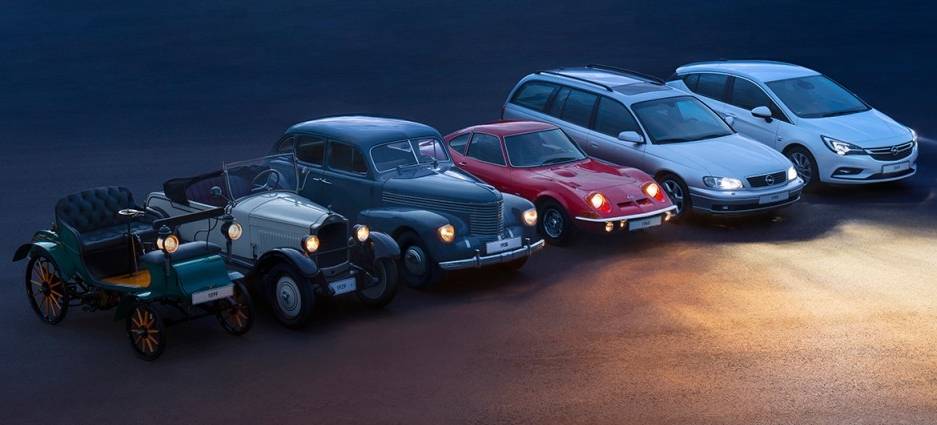
Adam Opel had a different view on cars, calling them “stink carts for the rich”. However, his sons Fritz and Wilhelm Opel had a different perspective. In 1898, they discovered the affordable and durable patent motor car of the car pioneer Friedrich Lutzmann at the Berlin Motor Show. They immediately made an offer to purchase his “Anhaltische Motorwagenfabrik”. Lutzmann agreed and became the works manager in Rüsselsheim. The advertising campaign for the “Opel System Lutzmann” had already started, although the contract was not signed until January 1899.
Vehicle production in Rüsselsheim truly began to take off in 1909, with the introduction of the legendary “Doktorwagen”, which was used to transport country doctors. Opel soon became one of the most beloved European car brands with the release of the “Puppchen” model in 1914. The Opel “Laubfrosch” followed in 1924, becoming the first German assembly line car and a true people’s car. The Olympia and Kadett models were also popular before the Volkswagen Beetle. Meanwhile, names like Rekord, Kapitän, and Manta were synonymous with the economic miracle of the 1950s and 1960s. Since 2011, models like the Ampera, Corsa, and Mokka have electrified the brand with the lightning bolt.
Opel, the second-oldest German car company, has had a turbulent history, with ups and downs like a roller coaster ride. Despite the early success with the Lutzmann motor car, the production was short-lived, and in 1902, they had to restart car production by licensing French manufacturer Darracq. Over the years, Opel faced challenges such as wars, economic crises, and quality problems that affected the brand’s reliability. The ownership also changed hands, first to General Motors in 1929, then to PSA Peugeot Citroen in 2017, and now to Stellantis since 2021. However, Opel always managed to bounce back with emotionally designed and technically innovative models that helped them regain their position at the top of the sales charts.
Opel: The Laubfrosch was a craftsman’s dream
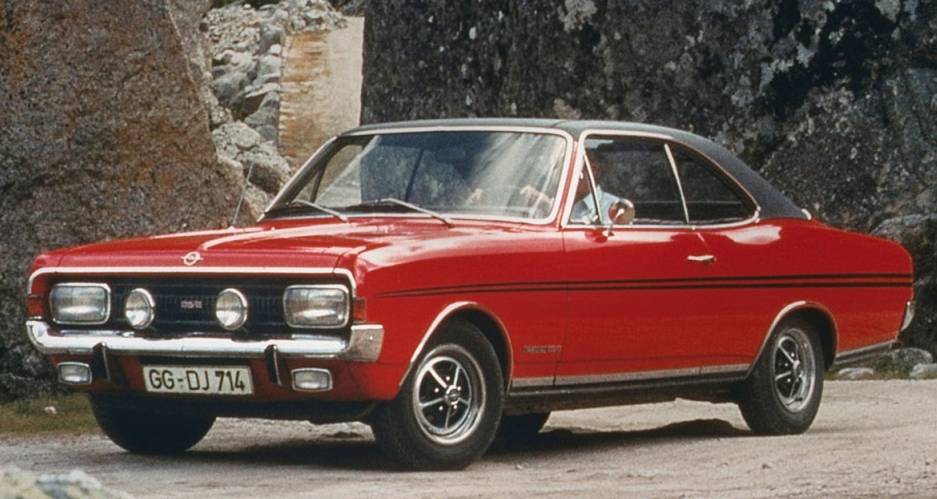
Similar to how the Corsa continues to dominate the small car segment in Germany today, positioning Opel ahead of Ford in registration statistics, the company’s success in the 1920s was propelled by the introduction of the first German assembly line car, affectionately named the “tree frog” due to its dark green color. This model fulfilled the long-standing dream of craftsmen to own an automobile. While the Opel Type 4 PS was inspired by the Citroen Type C, its unique color was enough to avoid a plagiarism dispute. Opel also set records with rocket car drives and prestige with the introduction of an eight-cylinder engine in the Regent model in 1928, which ultimately led to the sale of Opel to the US company General Motors (GM).
The Hessians’ recipe for success was to play in all segments and spark emotions, even with commercial vehicles. Opel’s career with the light truck “Blitz,” introduced in 1930, was also rapid, and by 1935, it rolled out of Europe’s largest truck factory. The lightning emblem soon adorned the Opel brand logo, as the company seemed to succeed in everything. The pragmatic P4 type was sold at surprisingly low prices, equivalent to only six average monthly salaries, and the little Kadett continued this success story in 1936. On the other hand, the compact Olympia astounded as the first German volume model with a self-supporting body in 1935, while the Kapitän and Admiral made waves in the representative touring car segment at the end of the 1930s.
Opel Kapitän put BMW in its place
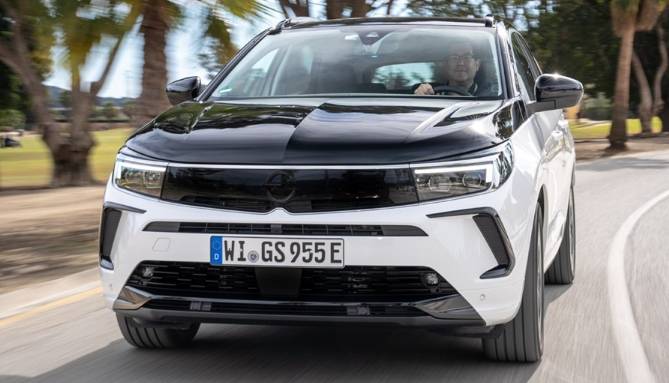
Following the Second World War, the Opel Kapitän continued to outperform BMW and Mercedes for years. In 1964, the admiral returned, and a brand new diplomat with a powerful eight-cylinder engine of American origin was added to the management parking lot. Opel also embraced the allure of the V8 with coupés until the Senator and Monza models ushered in a more subdued flagship era in 1977, which would prove to be the last. Opel no longer concerns itself with the luxury class, instead focusing on the middle class where it has excelled for 125 years. The record, subscribed to many generations from 1953, and the caravan that made the station wagon socially acceptable, are examples of Opel’s success in this segment. The Commodore, also known as the “Opel 6 bomb” that “knows no respect”, was another popular model, especially in the wild GS/E equipment that even intimidated Porsche. It is no surprise that Opel wishes to revive the GS/E spirit in the electrified Astra and Grandland GSe models today.
Opel has established itself as a quintessential symbol of German everyday culture with its cult sports cars such as the two-seater Opel GT and the Manta, which was produced for almost twenty years. Even today, Manta films are experiencing a revival. The post-war Kadett from the factory in Bochum was introduced in 1962, and ten years later it briefly surpassed the aging Beetle in popularity. It was also the most popular world car among numerous GM brands for a long time. Although the Kadett and its Bochum plant are now history, the Astra is still setting the standard for compact cars. Starting from 2023, the Astra will also be available as a fully electric car. In the middle segment, Opel introduced the Ascona in 1970, which sold millions and competed with the Ford Taunus and VW Passat. The Ascona also secured Walter Röhrl’s victory in the 1982 World Rally Championship. The Vectra and Insignia followed, until the SUV craze led to the end of conventional mid-range cars. Today, Opel is focusing on crossovers like the Grandland and Mokka, as well as electric cars, including a future electric Manta.
Opel enjoys a high level of popularity among consumers, making it one of the most well-liked brands
According to Nicolas Ziegler, an expert from the classic car evaluation organization Classic Analytics, Opel models are a common sight at classic car gatherings because of their widespread availability, which has made the brand popular in the old and young classic car segments for many years. This popularity, combined with their affordable new prices, means that even sought-after models like the Manta A, GT, or Kadett C typically don’t exceed a value of €25,000. However, Opels that were rare or had high new prices, like the Ascona 400, Manta 400, and Diplomat A Coupé, can command prices over €150,000 due to their scarcity.

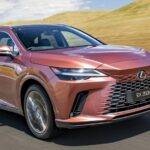
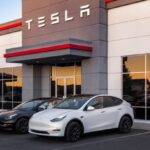
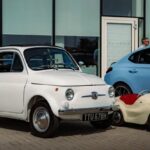
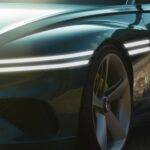
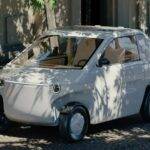
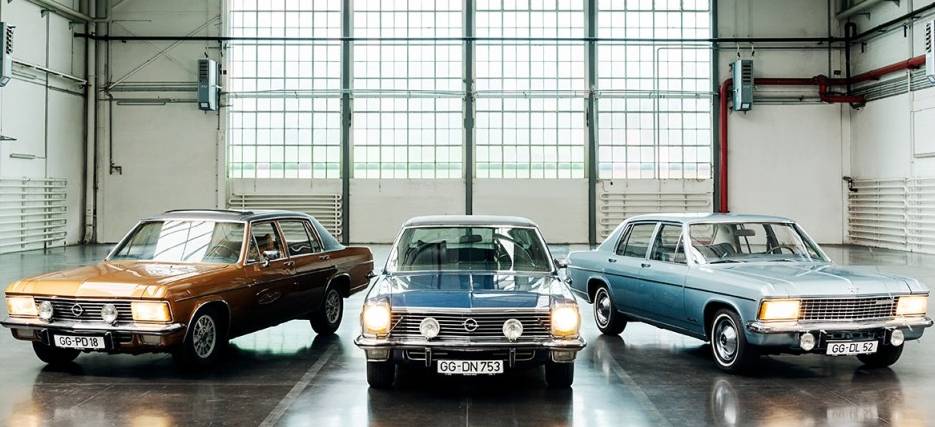
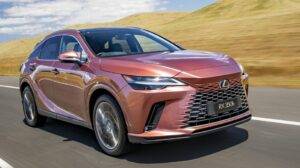
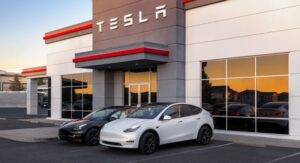
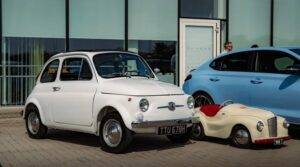
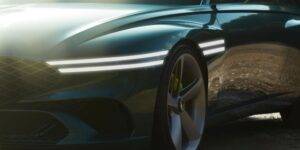
More Stories
Tesla Introduces 84-Month Loans in the US Amid Rising Interest Rates
The Cars That Go Out of Production in 2023
Volkswagen’s plan to sell its electric cars cheaper